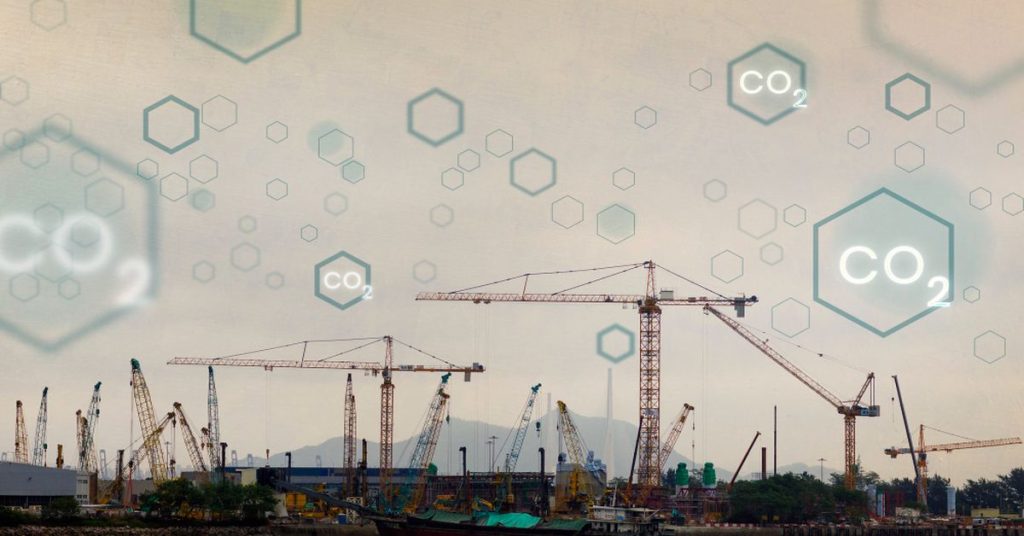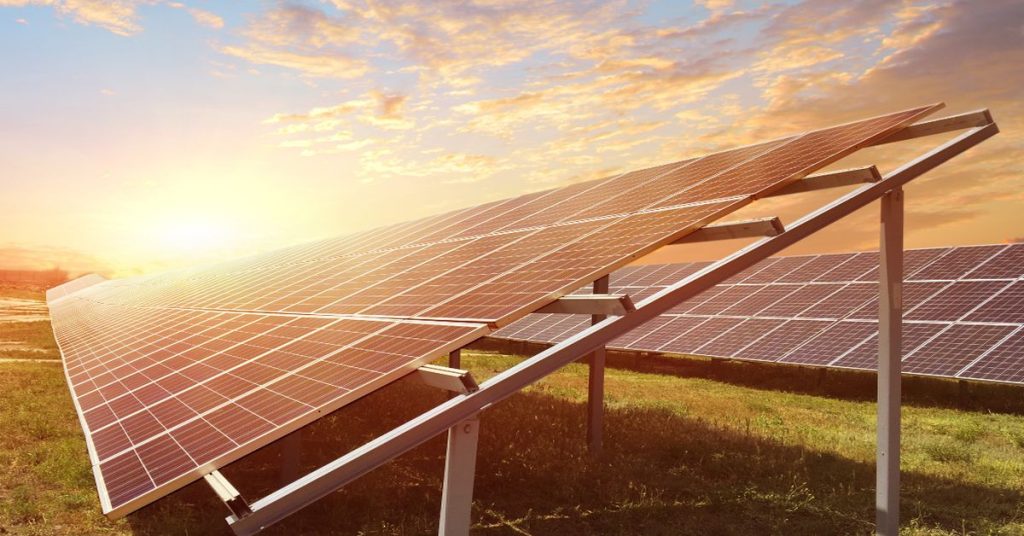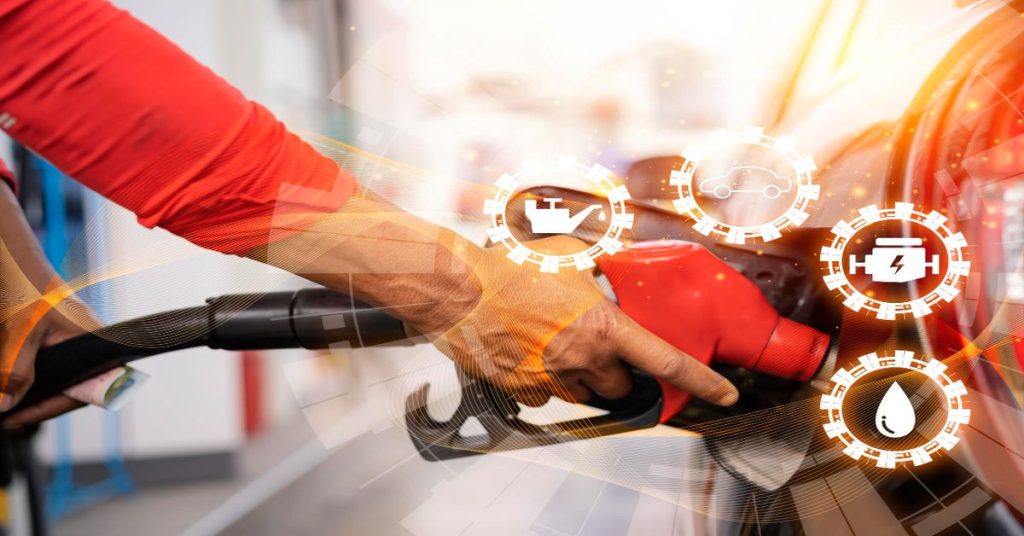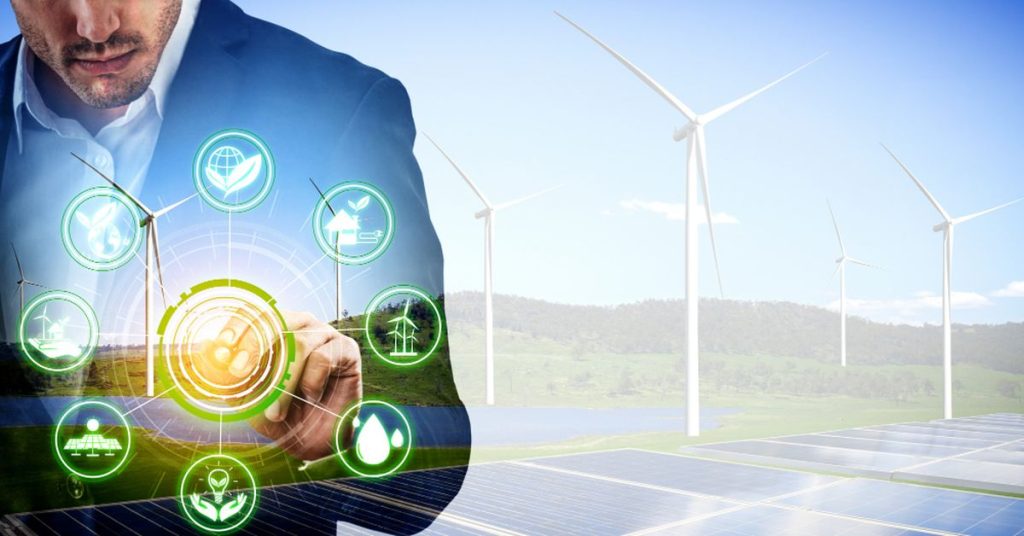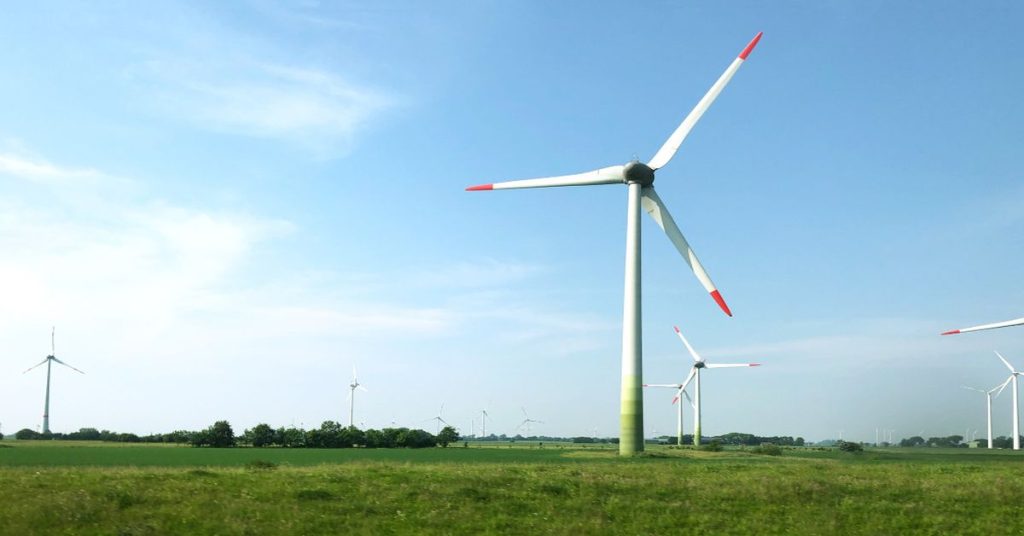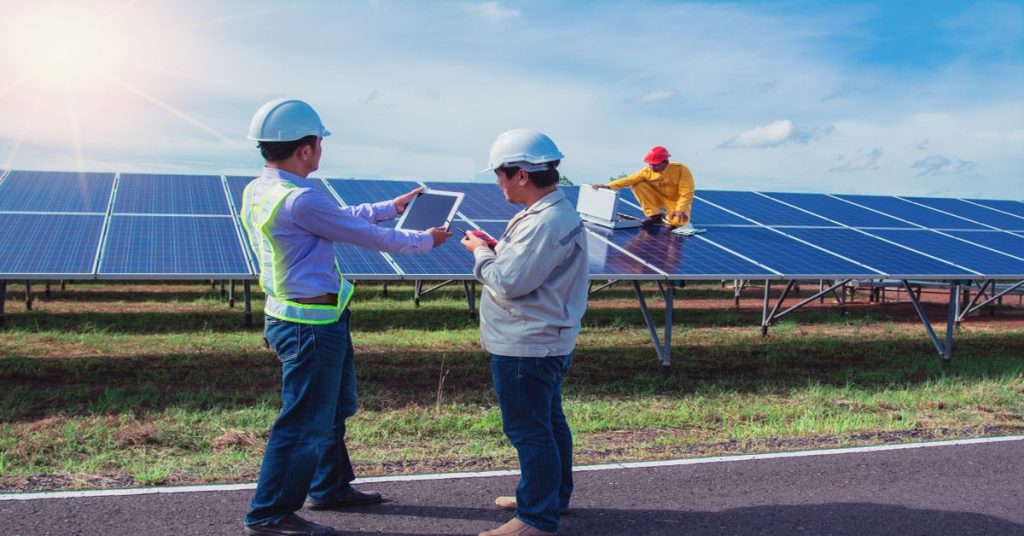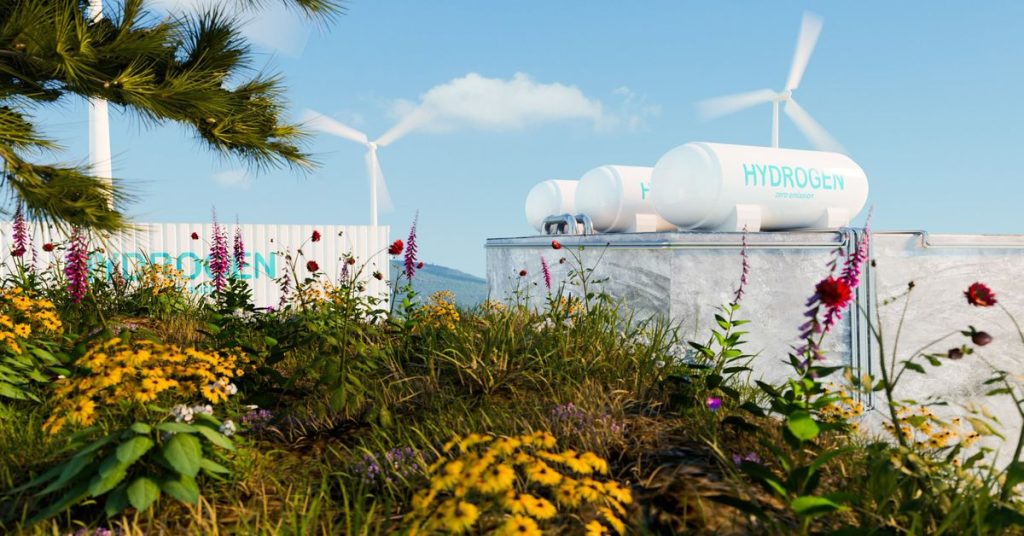Comparing Aquifers and Enhanced Oil Recovery for large-scale carbon sequestration
Aquifers vs. Enhanced Oil Recovery Various industries such as cement and steel production, hydrogen production from fossil fuels, waste incineration, and power generation utilize on-site carbon capture and storage in Enhanced Oil Recovery (EOR). This process involves intercepting the carbon dioxide before it is released into the atmosphere. The process involves compressing carbon dioxide to …
Comparing Aquifers and Enhanced Oil Recovery for large-scale carbon sequestration Read More »
